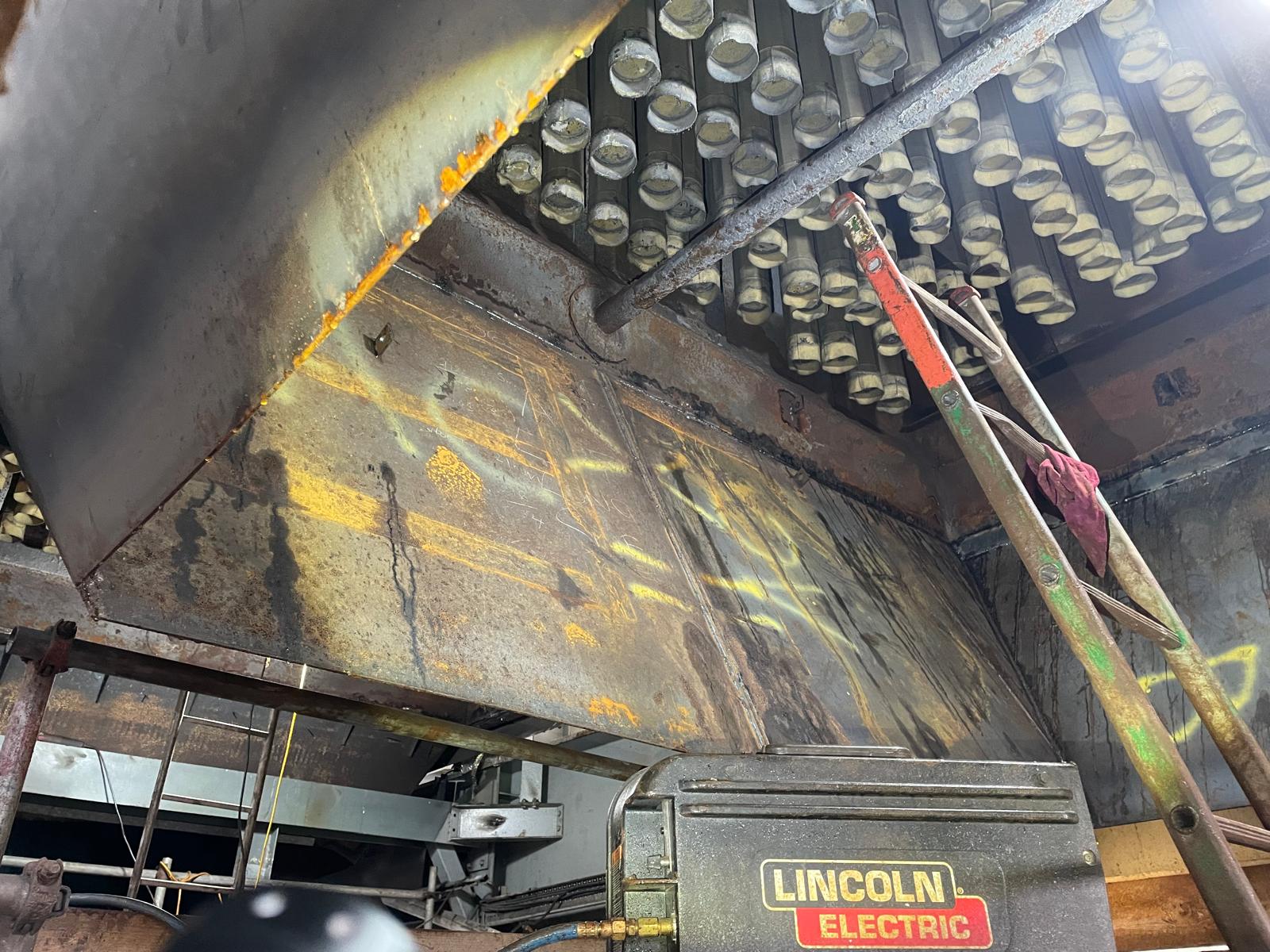Optimising Structural Integrity in Flue Gas Treatment Hoppers: A Steelwork Perspective
In the industrial landscape, the significance of robust and reliable equipment cannot be overstated. One such crucial component in industrial processes is the flue gas treatment hopper. These hoppers play a pivotal role in managing and mitigating emissions, making them essential for environmental compliance. In this blog, we delve into the strategies for optimising the structural integrity of flue gas treatment hoppers, with a focus on advanced steelwork techniques.
Understanding the Role of Flue Gas Treatment Hoppers
Flue gas treatment hoppers are designed to collect and handle particulate matter and gases from industrial processes, such as power generation and chemical manufacturing. Given their exposure to high temperatures and corrosive environments, ensuring their structural integrity is crucial for both operational efficiency and safety. The choice of materials and manufacturing techniques directly impacts the performance and longevity of these hoppers.
Key Factors in Ensuring Structural Integrity
-
Material Selection:
The foundation of a structurally sound hopper begins with selecting the right materials. For flue gas treatment systems, the choice of steel is paramount due to its strength, durability, and resistance to corrosion. High-grade stainless steel is often preferred, as it can withstand the harsh conditions typical in these environments. -
Precision Engineering:
The accuracy of component design and fabrication is vital in preventing structural weaknesses. Advanced techniques like laser cutting and CNC machining allow for precise shaping and cutting of steel components. This precision ensures that all parts fit together seamlessly, reducing the risk of leaks and structural failure. -
Welding Excellence:
Welding is a critical process in the construction of steel hoppers. The quality of welds significantly affects the structural integrity and durability of the final product. Utilizing robotic welding systems ensures consistent, high-quality welds, minimizing the likelihood of defects that could compromise the hopper's strength. -
Protective Coatings:
Given the corrosive nature of the materials handled by flue gas treatment hoppers, applying protective coatings is essential. Advanced coating technologies, such as powder coating and thermal spraying, provide a robust barrier against corrosion. These coatings extend the lifespan of the hoppers and maintain their structural integrity over time. -
Structural Reinforcement:
For hoppers subjected to extreme conditions, additional reinforcement may be necessary. This can include the use of thicker steel plates or the incorporation of structural supports to handle higher loads and pressures. Reinforcements must be carefully engineered to balance the need for strength with the requirement to maintain efficient operation.
Innovative Steelwork Techniques Enhancing Structural Integrity
-
Finite Element Analysis (FEA):
Modern engineering approaches, such as Finite Element Analysis, allow engineers to simulate and analyse the stresses and strains on hopper structures. This virtual testing identifies potential weak points and informs design improvements before physical construction begins, ensuring optimal structural integrity. -
Modular Design and Construction:
Modular design techniques facilitate the construction of hoppers in sections, which are then assembled on-site. This approach not only simplifies transportation and installation but also allows for more thorough quality control during the manufacturing process. Each module can be rigorously tested for structural soundness before final assembly. -
Automated Quality Control Systems:
Implementing automated inspection systems in the manufacturing process ensures consistent quality across all components. These systems can detect minute defects that may not be visible to the naked eye, allowing for immediate corrections and ensuring that only structurally sound components are used.
Conclusion
Optimising the structural integrity of flue gas treatment hoppers is a multifaceted process that requires careful consideration of materials, design, and construction techniques. Advanced steelwork methods play a crucial role in this optimisation, offering superior strength, durability, and resilience. As industries continue to evolve and environmental regulations become more stringent, the importance of robust and reliable hoppers cannot be overstated.
By leveraging cutting-edge steelwork techniques and a meticulous approach to design and manufacturing, industries can ensure the long-term performance and safety of their flue gas treatment systems. This not only enhances operational efficiency but also contributes to a more sustainable and environmentally compliant future.
For more insights on advanced steelwork and its applications in industrial equipment, call IME on 02085996570 or email sales@imegroup.co.uk.

